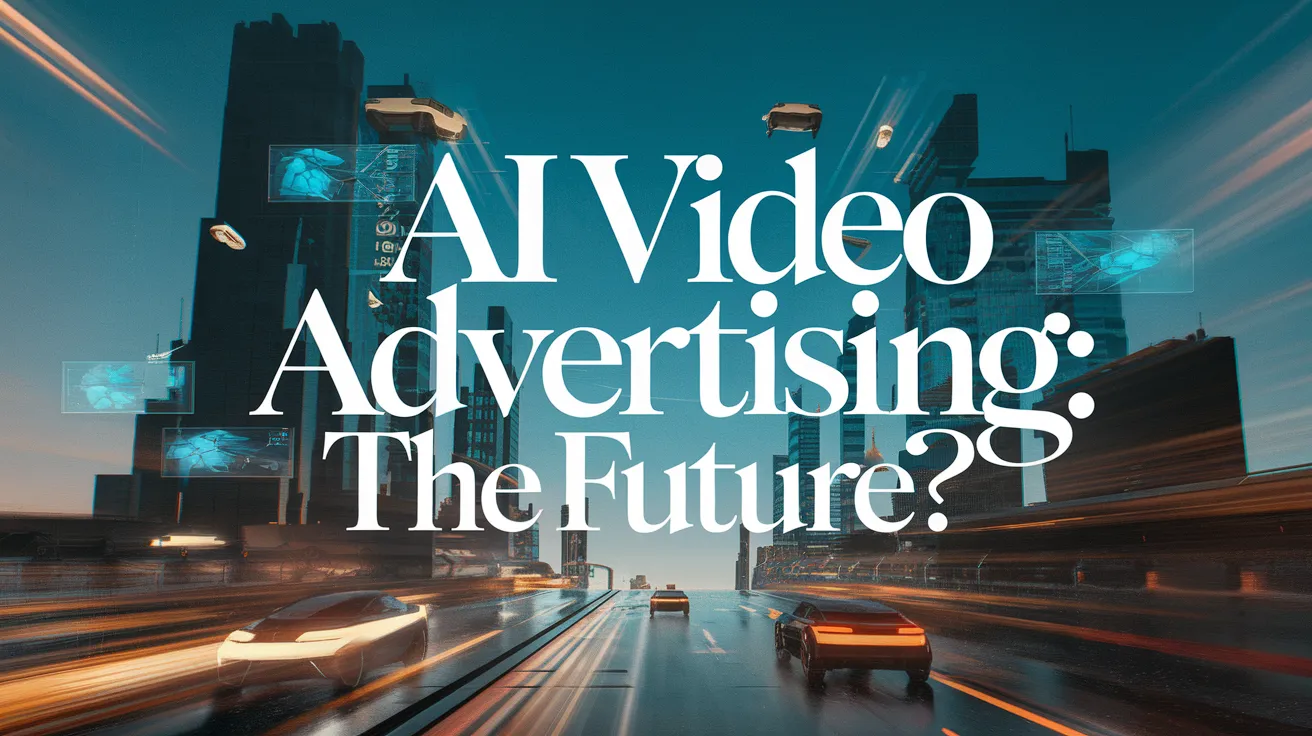AI Video Advertising: The Future?

AI video advertising is emerging as a potential game-changer in the marketing landscape, exemplified by a recent campaign created for Kalshi, a prediction market company. In a bold move, the ad featured quirky scenarios, such as a partygoer with a Chihuahua and a bride eluding police on a golf cart, swiftly showcasing the possibilities of AI-generated imagery.
The Rise of Kalshi’s AI-Ad
The commercial made its debut during the NBA Finals, particularly on June 11, in the YouTube TV stream of Game 3. Created by P.J. Accetturo and his team, the ad quickly racked up over 3 million views on Kalshi’s social media within a week. This rapid success raises questions regarding how AI integration might impact traditional advertising budgets, challenging long-held marketing practices.
AI Helps Lower Barriers for Creatives
Accetturo expressed that his focus was to produce the most outrageous NBA Finals commercial possible, a feat he accomplished using AI tools in merely two days, rather than the weeks typically required for traditional ad production involving extensive collaboration among creatives. This agility highlights how AI could lower entry barriers for smaller brands, allowing them to engage in advertising previously only accessible to larger entities.
How the Ad Came Together
This particular advertisement stemmed from Kalshi providing Accetturo with ideas and themes, which he translated into a script with the assistance of AI tools like Google’s Veo 3 and Open AI’s Gemini. His approach included multiple iterations to perfect his footage, showcasing how the evolving tech can produce compelling content at a fraction of the cost of typical productions.
Cost and Production Efficiency
Despite not disclosing specific costs, Kalshi’s media representative indicated that the expense of utilizing AI for production was under $2,000, a stark contrast to the hundreds of thousands typically spent on traditional ads. This notable reduction in production costs aligns with expert expectations that the growing integration of AI will foster experimentation and innovation in marketing campaigns.
Consumer Reception and Future of AI Ads
However, experts like Debra Aho Williamson and Alok Saboo approach the issue of AI in advertising with cautious optimism, recognizing its potential while also highlighting consumer skepticism towards AI-generated content. They point out that previous attempts at incorporating AI into advertising have not always resonated with audiences, particularly younger generations.
Looking Ahead: AI’s Place in Advertising
Kalshi’s representative indicated the company’s intentions to further explore AI’s applications in future campaigns, alongside traditional advertising formats. This balanced strategy reflects a broader sentiment in the industry—AI may enhance marketing tactics without completely replacing the human touch that consumers value. As Saboo noted, the future of advertising may involve increasingly personalized ads tailored to specific demographic groups, elevating the importance of understanding the tools available to marketers.
Accetturo’s transparent methodology in creating the Kalshi ad offers valuable insights into harnessing AI capabilities, showcasing a potential new front for advertising’s evolution in a digital-first world.